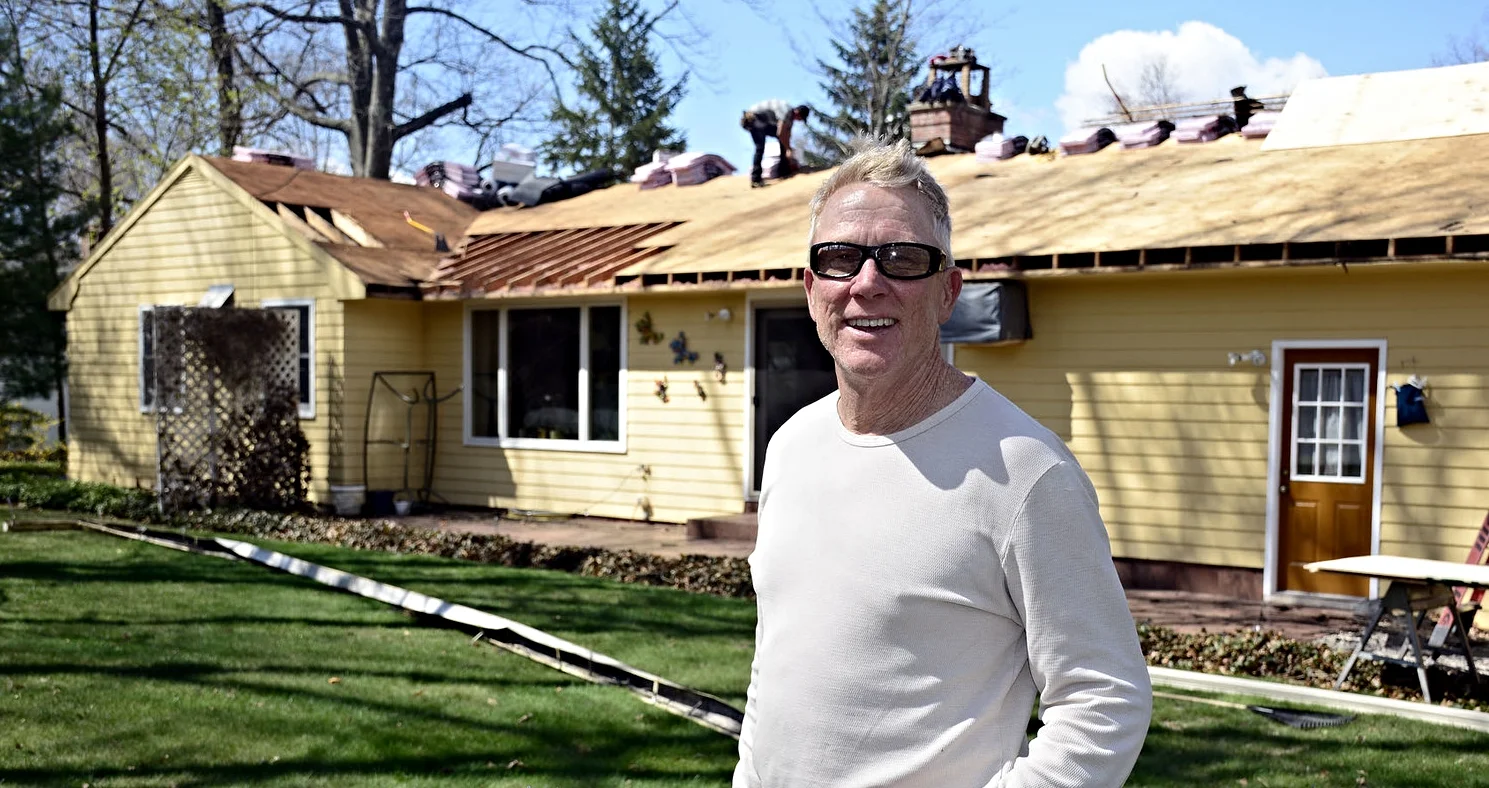10 Tips for Safe & Festive Holiday Decorating at Home
Chelsea O'Donnell
The holiday season is all about joy, festivities, and creating cozy memories at home. And while stringing lights and decking the halls is part of the fun, a little extra care can go a long way in keeping your celebrations running smoothly. Whether you’re going all out with outdoor décor or keeping it simple by the fireside, these practical tips will help you stay safe while spreading cheer.
Here are 10 essential tips to keep both you and your home safe while decorating this holiday season
1. Inspect Every String of Lights, Twice
Before you hang anything, check each strand of lights for frayed wires, cracked sockets, or loose connections. Damaged lights are a leading cause of house fires during the holidays. If you’re still using older incandescent lights, consider switching to LEDs. They’re not only more energy-efficient but also stay cooler to the touch, reducing the risk of overheating.
2. Don’t Overload Outlets or Extension Cords
One of the fastest ways to turn your festive living room into a fire hazard is by plugging too many decorations into one outlet. Stick to the “rule of three” - no more than three strands of lights per extension cord - and avoid daisy-chaining power strips. Always use surge protectors and make sure cords are rated for the wattage you need.
3. Keep Trees Away from Heat Sources
That cozy fireplace or heating vent might seem like the perfect backdrop for your tree, but it’s also a major fire risk. Whether your tree is real or artificial, it should be at least three feet away from any heat source. For real trees, water them daily because a dry tree can go up in flames in under a minute.
4. Hang Outdoor Lights with Safety in Mind
If you’re decorating the exterior of your home, always use lights, extension cords, and clips labeled for outdoor use. Plastic light clips are safer than nails or staples, which can pierce wires and create an electrical hazard. And never install lights in wet or icy conditions. It’s just not worth the risk.
5. Use a Ladder the Right Way
Most decorating injuries involve a ladder. Choose a sturdy, appropriately sized one, and always place it on level ground. Have a second person act as a spotter, especially if you’re reaching high places. Don’t lean too far or try to move the ladder while on it - climb down and reposition instead.
6. Secure Yard Decorations Against Wind and Weather
Inflatables, light-up reindeer, and festive signage can easily become airborne in a winter storm. Anchor decorations securely using ground stakes or tie-downs, and avoid placing large items under trees where falling branches could pose a hazard.
7. Be Mindful of Pets and Kids
That sparkly garland or dangling ornament might be irresistible to pets or small children. Avoid using decorations made of glass, sharp metal, or anything small enough to be swallowed. Keep cords tucked away and avoid placing tempting items like candy canes within easy reach.
8. Set Timers to Prevent Overnight Hazards
Leaving lights on overnight isn’t just wasteful, it’s risky. Use programmable timers or smart plugs to automatically turn off your indoor and outdoor decorations at a set time each evening. This not only prevents overheating but also keeps your electric bill in check.
9. Keep Walkways Clear and Well-Lit
Outdoor decorations should never obstruct pathways or stairs. Avoid running cords across walkways, but if you must, secure them tightly with outdoor-rated tape or protective covers. Make sure your porch, driveway, and steps are well-lit to prevent slips and falls for guests and delivery drivers alike.
10. Store Decorations Safely After the Holidays
When the season winds down, pack your decorations away with safety in mind. Coil light strings loosely to prevent tangling and breakage, and store items in sturdy, waterproof bins. Label everything clearly, and keep heavy bins on low shelves to avoid injuries next year when it’s time to decorate again.
Bob O’Donnell is the owner of O’Donnell Bros. Inc., a Bristol-based home improvement company established in 1975. Email your questions for Bob to info@odonnellbros.com with the subject line “Ask the Pro.” All questions may be considered for publication. To contact Bob for your remodeling needs, call O’Donnell Bros. Inc. at (860) 589-5155 or visit www.odonnellbros.com. Advice is for guidance only.
